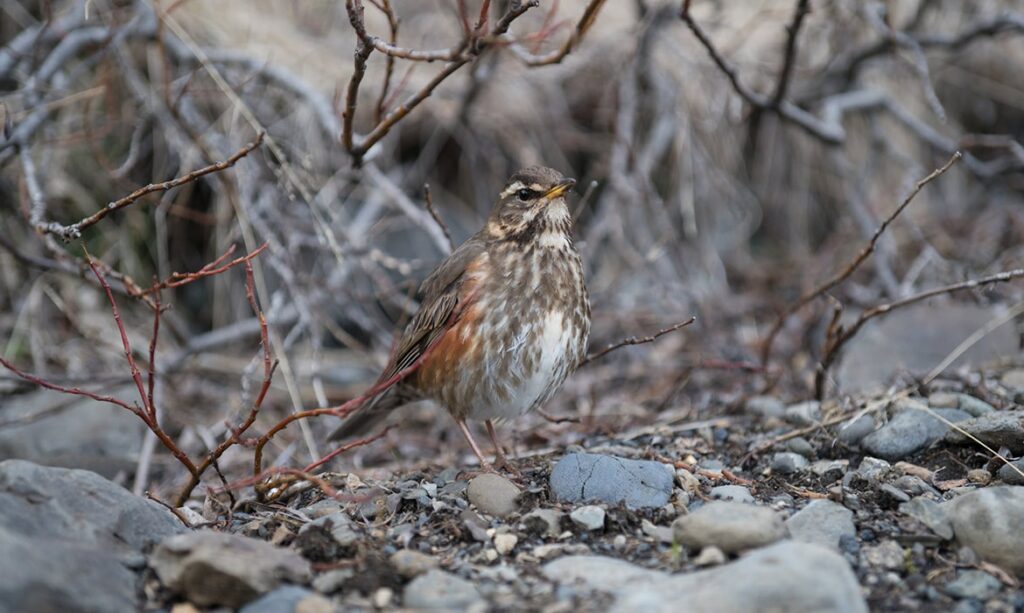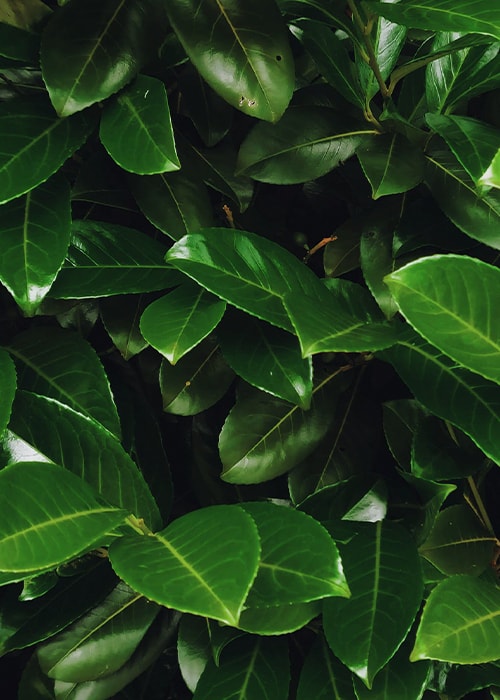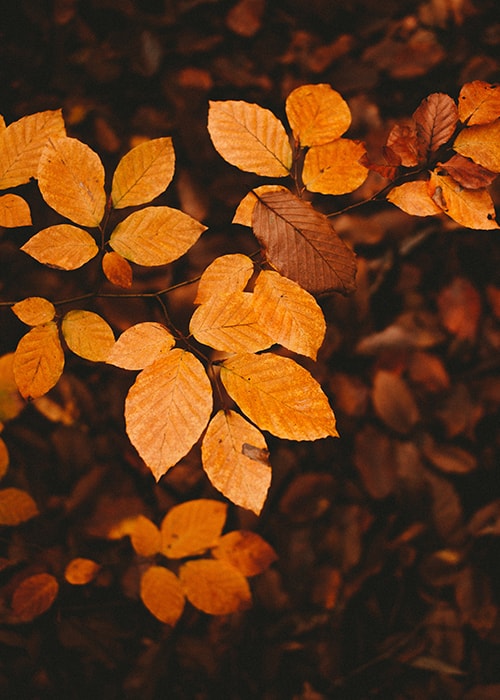It’s well known that plants and trees reduce carbon dioxide in the atmosphere. However, it’s less known that they reduce noise pollution and even lesser-known how plants are mitigating against flooding, which is an increasing issue in the UK.
RHS surveys show that since 2015 numbers of people paving entire front gardens are reducing. Fantastic news, people are making choices to do this to protect wildlife!
Let’s talk Hedges – I had avoided them for years, considered them too boring to bother with, then I learned that most shrubs and trees potentially could become hedges.

So, Why Grow Hedges?
Helping wildlife
Studies show the top reason people are choosing to add hedges to their gardens is that they care about supporting wildlife!
Wildlife will hide, feed, nest and play in hedges all year round. This is not only great for us to watch. It also means fewer pests like snails because they’ll quickly get eaten.
Maybe best of all, hedges provide safe corridors for animals to travel through
Reducing noise pollution
Hedges, unlike walls, slow the wind down rather than blocking it, causing turbulence.
With surveys all across the UK asking what environmental issue people feel is most urgent to them, noise pollution is regularly up there in the list.
Noise not only disturbs wildlife but us. It affects our ability to unwind, increases issues such as hypertension and costs us billions every year. It’s especially noticeable after the quiet roads have returned to their usual busy selves.
Furthermore – Once over 40db noise is considered harmful to human health (easily achieved at rush hour), hedges have proven to reduce noise by up to 8db, which is a notable difference, especially to urban residents.
Improve air quality
Current poor air quality in many areas has proven to affect our health and contributes to several respiratory diseases. Hedges with rough, scaly and hairy leaves trap the tiny dust particles, which are then washed away in the rain or drop to the ground when the leaves fall which help stop us breathing it in.

They look great!
You can grow them as attractive borders to give your eyes something fresh to see, whilst adding structure to your garden. There is a lot more variety in colour, leaves and density than you think.
Help lower local flood risks
February 2020 was the wettest on record. This is disastrous when it impacts people’s lives, livelihoods and of course, health & well-being.
Due to climate change, the risk of flooding is significantly higher; we can expect to experience more of the following.
Flooding river banks and sewers and surface water collecting…
However, if we change our landscape to using less concrete, asphalt, and plant hedgerows, trees, and plants, they will be much more effective at absorbing water than letting it build up. For more information, see the woodland trust website.
We also wrote about flooding in Wigan and how to reduce flooding in your garden recently.
Save Money
Evidence is recently suggesting fewer pavements results in saving money. This is due to fewer repairs from excess water damage from flooding.
Planting hedges often adds value to homes, as gardening is currently booming in popularity since the pandemic began.
They are also generally cheaper to put up, than fencing, walls and other boundaries.
Cooling
They can cool the air by storing small pockets of water in leaves and soil, which can be evaporated without ever touching the ground, creates a natural canopy
Wind Barriers
The wider the hedge, the less wind can penetrate through.
Choosing your Hedge
Consider your needs and the space you have available; bear in mind roots can spread.
f you are unsure about your decision, you can drop us a message hello@giveitagrow.co.uk or on our Give It a Grow Facebook Page.
We’ve split the main hedge varieties into the following categories. There are lots to choose from, providing all kinds of options for different needs.
Evergreen Hedges
+ Provides low maintenance, environmentally friendly privacy.
+ Attractive
+ There’s a variety available, depending on what suits you.
+ Great wind, noise, and pollution barrier
My personal favourite is Cherry Laurel due to its ability to be planted anytime and it grows quickly.

Winter garden hedges
Beech Hedge
+ Easy to grow (especially if purchased in containers)
+ Low Maintenance.
+ Changes appearance with the seasons, whilst keeping most of its leaves in winter.
+ Can add character to a garden, especially if shaped.
Let’s remember the birds and other wildlife who depend upon species such as Holly during the wintertime for vital food sources.
You could also grow Pyracantha which has colourful berries in wintertime.
Both are great for keeping intruders away, also be cautious around children as they are sharp plants

Native
As with most plants and flowers, species native to Britain are considered best for wildlife and creating habitats
Hazel and privets are my personal favourites because they are safe for children to play around and provide all year round nourishment and shelter to our wildlife.

Keeping a Healthy Hedge
Always ensure you follow instructions when planting to give the plant and surrounding areas the best out of them. It’s advised to water well during the first two years of growth.
Avoid planting when there’s a risk of frost or flooding
Check Leaves and petals for general signs of health and growth; if yellow or shoots dying off, there’s poor root development that needs attention. This typically occurs in June, and the causes usually vary from poor planting technique to lack of water.
Check this guide for common diseases and pests
Good Planting Technique

Prepare the soil. You want to avoid large clumps, metal chunks and rocks in the area you wish to use.
Thoroughly weed the area first. Since shrubs and trees often lose some roots during the planting phase and need to reestablish them quickly without competition.
Take a strip approximately 3fts and a shade blade deep.
Check again for weeds.
Avoid the temptation to add mulch/manure at this point.
Position sensibly in terms of whether it has space to grow outwards without obstructing pathways etc.
Check – Your hedge will come with spacing guidance for planting in rows.
If there’s visible damage to the roots, you can remove affected areas with a clean, sharp knife before planting.
Spread out the roots. The surrounding soil level should always match where the roots flare out from the stem of the plant.
If your soil is sandy or contains clay, you can always mix it with compost before covering it.
Ensure the soil is around the roots making good contact. This will give the plant support, as well as nutrients. Take your time tucking your new baby in cosy; otherwise, he’ll be up again needing adjustments.
Water if needed – The area around the roots may require more watering than the top layer during the first two years. To check moisture levels carefully, garden trowel.
Add a layer of mulch to prevent weeds from popping up.
That’s it, job done!
Thanks for reading, if you would like more information on growing hedges in urban areas get in touch on either our Facebook page, Instagram, or email

[…] a hedge doesn’t just help to improve the beauty of your garden. There may also be a number of other benefits that you could take advantage of. For some families, encouraging nature to come into the garden can […]